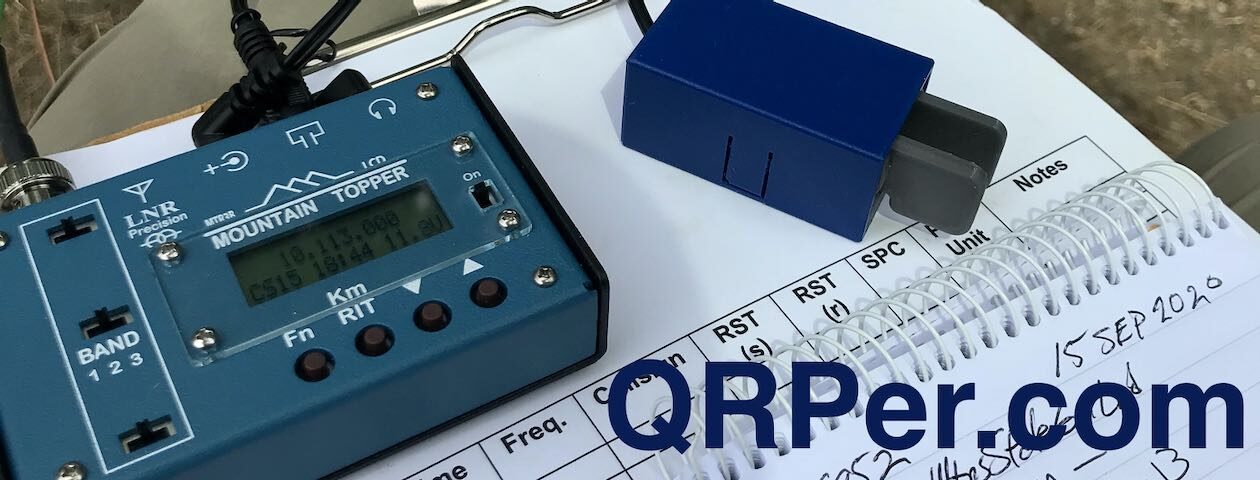Note: this is a cross-post from our other radio blog, the SWLing Post.
This weekend at Tokyo’s Ham Fair 2019, Icom announced an innovative transceiver to their line-up: the Icom IC-705 QRP transceiver.
The IC-705 introduces several industry firsts for a backpack portable radio:
- It uses the same BP-272 Li-ion Battery pack as the ID-51 and ID-31 series D-Star handy talkies. To my knowledge, this is the only HF transceiver that uses battery packs that can be swapped so easily in the field–like one would swap an HT battery pack
- It has a general coverage receiver that spans a whopping 0.5 to 148 MHz
- It sports a full color, touch screen with spectrum and waterfall displays
- It includes the D-Star digital voice mode
- A GPS receiver
- Bluetooth connectivity
- A MicroSD card slot for memory storage, screen captures and recordings
All of this appears to be included, not add-on options.
The only IC-705 omission, in my opinion, is an internal ATU (antenna tuner). Something I would have expected, but not a deal-breaker for those of us who could really benefit from the amount of features this radio offers.

There is no word yet on pricing or availability, but you can count on us to post these details once they’re available. If you would like to follow updates, bookmark the tag: IC-705
We will also review on the Icom IC-705 as soon as it’s available.
Video from Amateur Logic/Ham College
Ray Novak (N9JA) with Icom America did a live video interview with Amateur Logic/Ham College TV yesterday. The video includes a full announcement in English from the Icom Booth:
Click here to view on YouTube.
IC-705 Pre-Release brochure
Many thanks to Ray Novak for snapping a few photos of the pre-release brochure:




Update: click here to download the full IC-705 brochure. Hat tip to Dave Zantow!
A surprise from one of the “Big Three”
The “Big Three” transceiver manufactures–Icom, Yaesu and Kenwood–have not shown a lot of interest in backpackable QRP radios over the past two decades.
By “backpackable” I mean QRP transceivers specifically designed for portable use in the field–radios that typically have built-in battery options, internal ATUs, and designed to be lightweight shack-in-a-box units.
Yaesu introduced the FT-817 almost twenty years ago and it lives on today (with modest upgrades) as the FT-818. Kenwood has no portable/backpackable HF QRP radio at this point.
I bet the IC-705 is being introduced today because Icom sees a strong market among field-portable operators who enjoy travel and outdoor radio activities like SOTA (Summits On The Air) and POTA (Parks On The Air). In addition, many ham radio operators live in neighborhoods that are either plagued with radio interference (RFI) or don’t allow antennas to be installed outdoors. Portable radios liberate ham radio ops from their shacks and allow them to set up a station far away from noise or home owner’s associations.
Looking forward…
Again, I’ll be in touch with Icom about the IC-705 and will share updates here when they’re available. I’m looking forward to evaluation this rig when it hits the market!
Do you enjoy QRPer and the SWLing Post?
Please consider supporting us via Patreon or our Coffee Fund!
Your support makes articles like this one possible. Thank you!
























